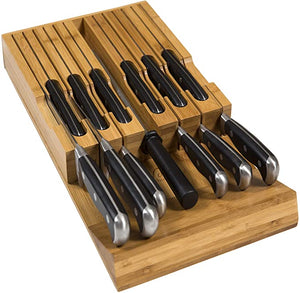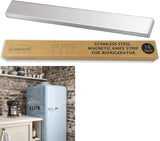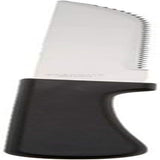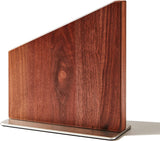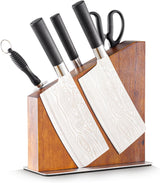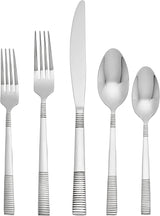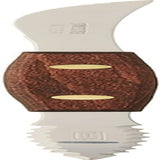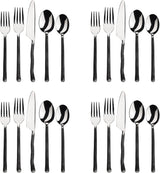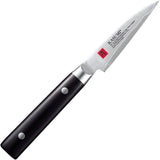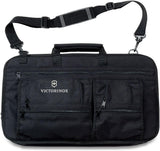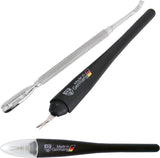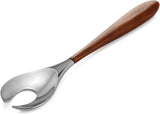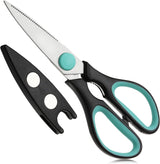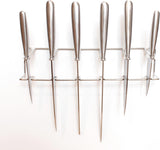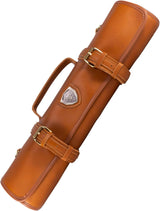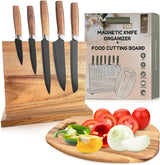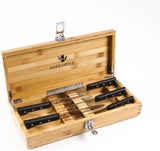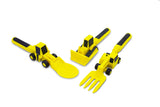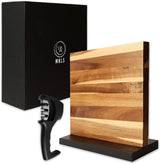As a kitchen professional whether you're a chef, fishmonger, or an avid home cook keeping your tools in pristine condition is crucial. Among those tools, the Rapala fillet knife holds a special place for slicing fillets with precision and ease. Yet, over time, even the most well-crafted blade will lose its edge. This begs the question: how to sharpen a Rapala fillet knife effectively?
In this guide, well walk you through step-by-step methods to restore your knifes factory-sharp edge while exploring best practices for maintenance. Beyond utility, a sharp fillet knife ensures safety in the kitchen, minimizing the risk of accidents caused by dull blades. Lets dive right in!
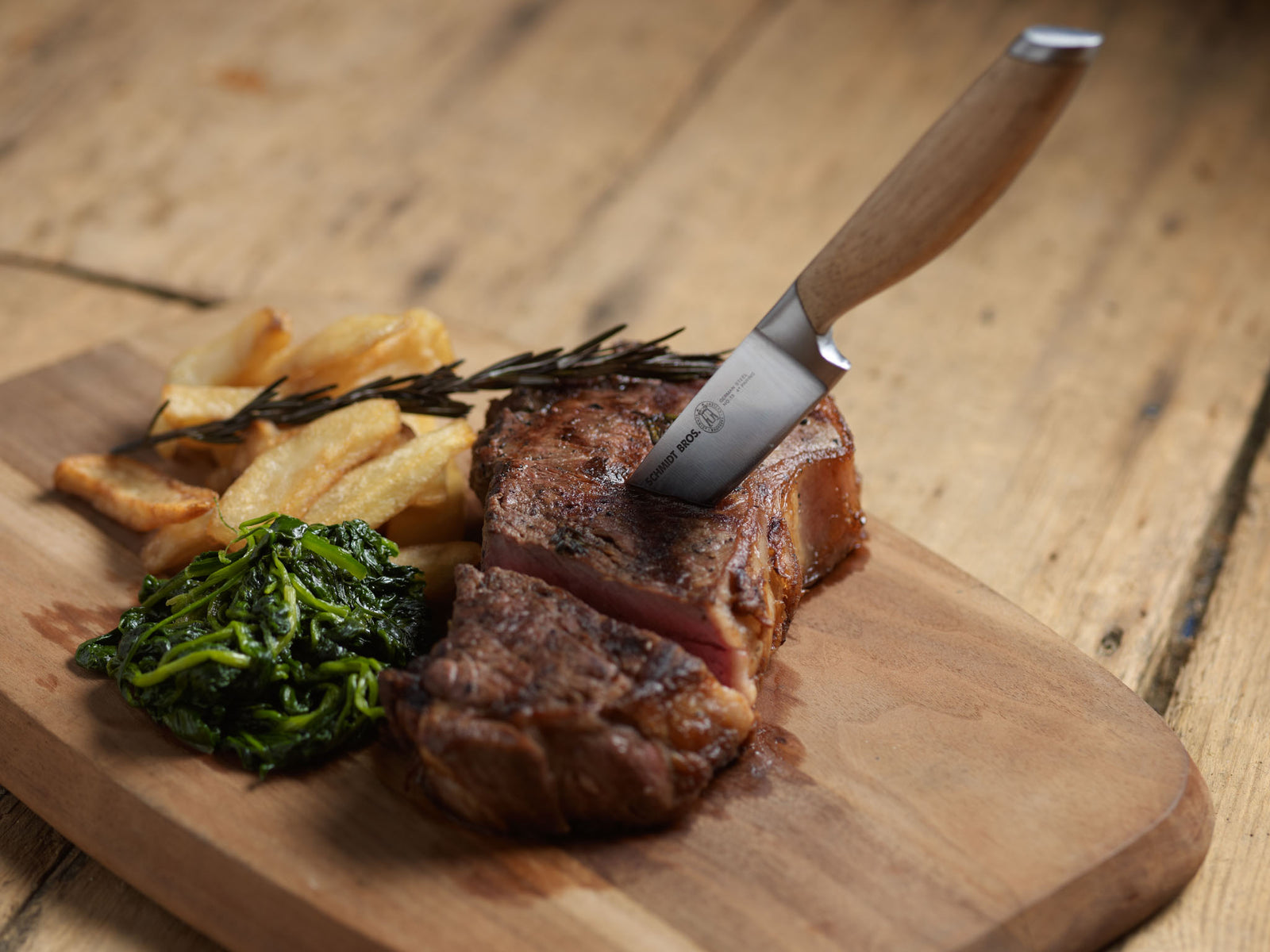
Why Keeping Your Rapala Fillet Knife Sharp Matters
The Rapala fillet knife is celebrated for its ergonomic design and razor-like sharpness, capable of gliding through fish meat while preserving delicate textures. However, dull blades lead to several problems:
- Uneven cuts that ruin the presentation of fillets
- Increased effort required, leading to fatigue
- Higher likelihood of slipping and causing injuries
Sharpening your knife regularly doesnt just improve performance but prolongs its life. Proper maintenance is vital for kitchen professionals relying on their tools daily.
Signs That Your Rapala Fillet Knife Needs Sharpening
Before diving into the how-to, its critical to know when your knife requires attention. Look out for the following signs:
- The blade struggles to cut through fish skin or bones
- Cuts feel less controlled or precise
- The knife doesnt bite into material without excessive pressure
- You notice visible chips or dullness on the edge
Once you notice these signs, its time to take action.
Step-by-Step Guide: How to Sharpen a Rapala Fillet Knife
1. Gather Your Tools
To sharpen your Rapala fillet knife, youll need the right equipment. Here are your options:
- Whetstone: A versatile and widely used sharpening stone
- Knife Sharpening Rod: Ideal for quick touch-ups
- Electric Knife Sharpener: Best for consistent sharpening across multiple knives
- Pull-Through Sharpeners: Easy for beginners but less precise
Pro tip: Each of these tools has pros and cons, so choose based on your skill level and what result you want to achieve.
2. Clean the Knife
Before sharpening, clean your knife thoroughly to remove any residue or oil that could interfere with the sharpening process. Simply use warm soapy water and dry completely with a soft towel.
3. Use a Whetstone
The whetstone is considered the most effective way to sharpen a fillet knife. Follow these steps:
- Soak the whetstone: Immerse the stone in water for about 10 minutes.
- Position the knife: Hold the blade at a 15-degree angle against the stone.
- Slide the blade: Move the blade back and forth in a sweeping motion, applying light pressure.
- Repeat: Flip the knife to sharpen the other side.
- Polish: Use the finer side of the stone for a polished edge.
This method ensures a razor-sharp and durable edge. For further insights into sharpening techniques, check out this guide on knife sharpening.
4. Work with a Sharpening Rod
If youre in a hurry, a sharpening rod is an excellent alternative. Heres how:
- Grip the rod firmly in one hand and the knife in the other.
- Rest the blade at a 1520 degree angle on the rod.
- Draw the blade down and across the rod in one smooth motion.
- Repeat for the other side, alternating strokes for about 810 passes.
This method works well for light maintenance between sharpening sessions.
5. Test Sharpness
After sharpening, test your Rapala fillet knife on a piece of paper or try slicing through a tomato. The blade should glide through effortlessly.
Additional Tips for Maintaining Your Fillet Knife
- Storage Matters: Always store your knife in a sheath or knife block to protect the edge.
- Regular Cleaning: Avoid leaving your knife wet or immersed in water for long periods, as it can rust.
- Lubrication: Occasionally oil the blade to maintain its sheen and resistance to moisture.
- Always pair your sharpening with best practices for knife care to maximize efficiency.
Common Mistakes to Avoid
- Skipping regular maintenance: Dont wait until the knife is completely dull before sharpening.
- Improper angle: Maintaining the right angle is critical. Too steep or too flat can ruin the blade.
- Skipping fine polishing: Forgoing the final polish means sacrificing that sharp, refined edge.
- Not using the proper tool: As explained in this beginner guide to knife types, choosing the right sharpening method depends heavily on the blade type.
Secondary Resources on Fillet Knives
For more information on premium fillet knives or sharpening alternatives, consider these blog posts:
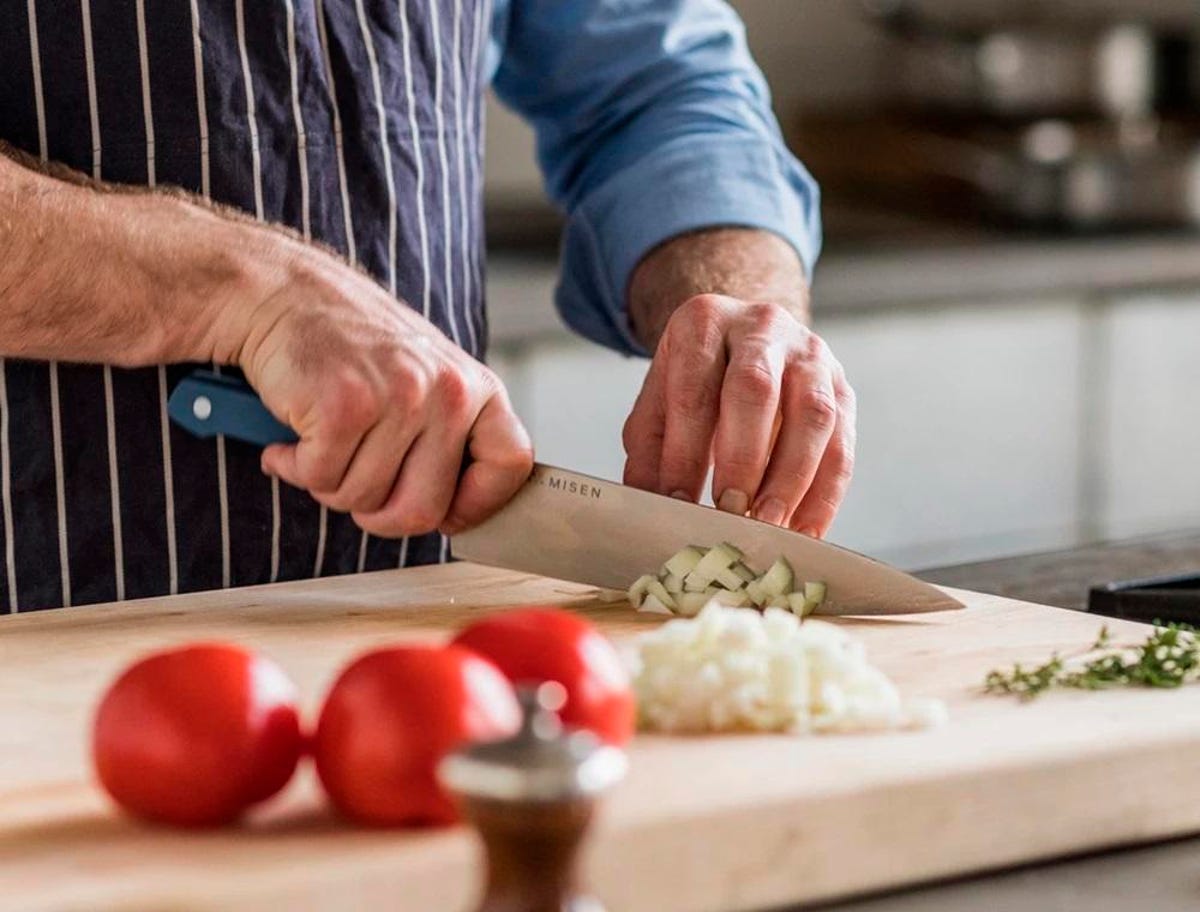
FAQs
Can I sharpen a Rapala fillet knife with a pull-through sharpener?
Yes, but this method is less precise and may not work as effectively on fine blades. Use pull-through sharpeners for quick fixes only.
How often should I sharpen my Rapala fillet knife?
It depends on use, but for professionals, sharpening every 12 weeks ensures optimal performance.
Whats the best angle for sharpening a Rapala fillet knife?
A 1520 degree angle is ideal for most Rapala fillet knives, ensuring a razor-sharp edge without compromising durability.
Maintaining your Rapala fillet knife is pivotal for peak performance, especially for kitchen professionals. Keep these techniques at your side for a lifetime of smooth and precise cooking experiences!
This article contains affiliate links. We may earn a commission at no extra cost to you.
